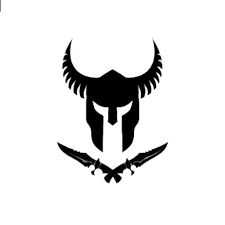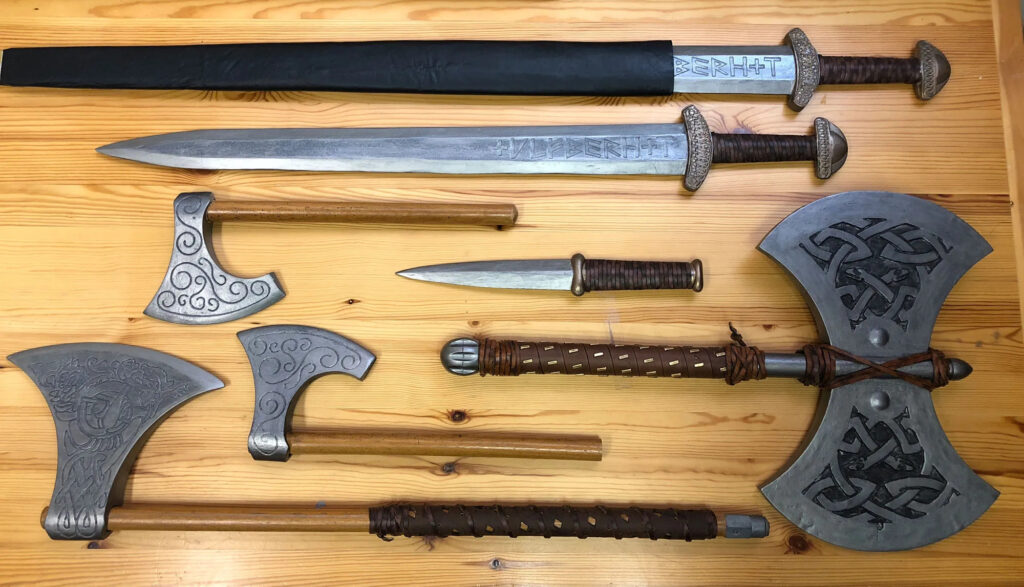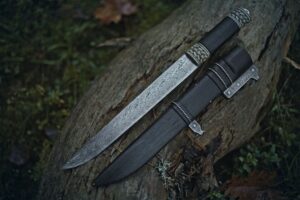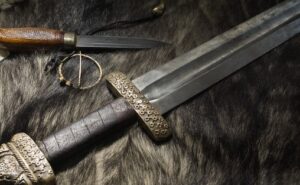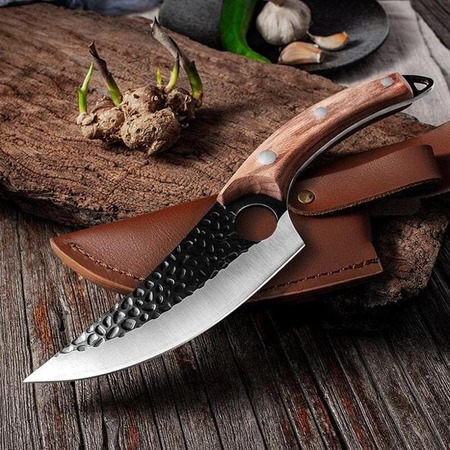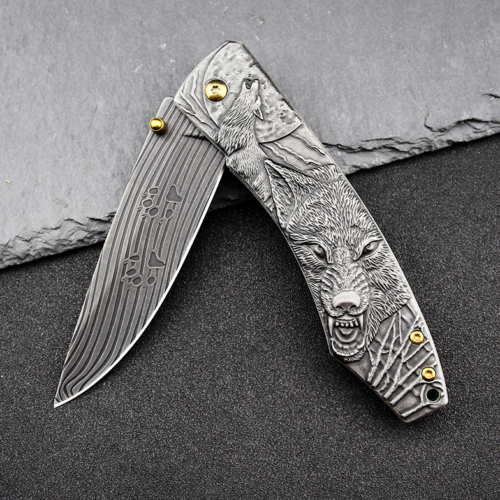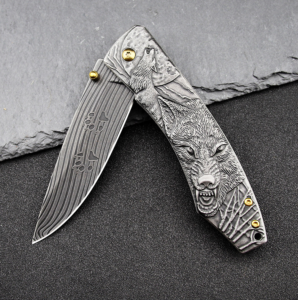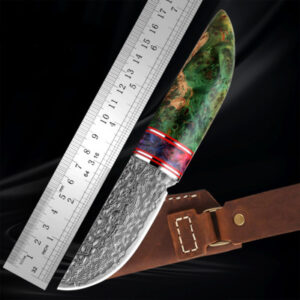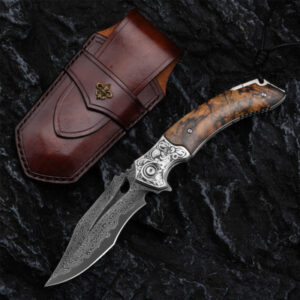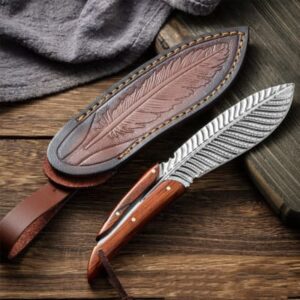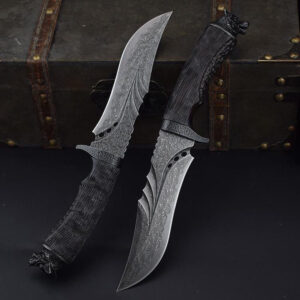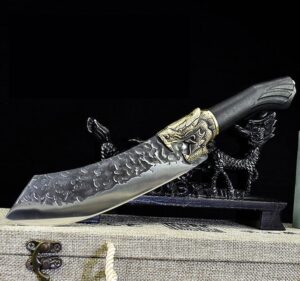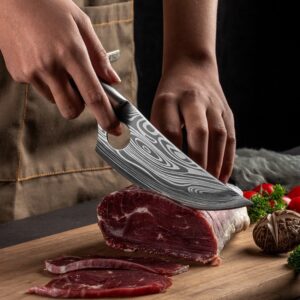Have you ever been curious about the Viking weapons that Norsemen used to conquer England and spread terror across Europe for centuries? Wondered how Scandinavian warriors fought on the Viking battlefield? If your answer is YES, then buckle up and get ready for this exclusive adventure.
Summary
ToggleIn the year 787, three Viking ships landed in the south of England, where they clashed with the local population, igniting a conflict with England that would last for hundreds of years. Most of our knowledge about what the Vikings used as weapons comes from archaeological discoveries and writings in Norse sagas and mythologies from the 14th century. The Havmal, a Viking book said to be the word of Odin, stated that Vikings should carry their weapons at all times because they never knew when they might need them.
During countless battles, the Norse used various Viking weapons, which our experts will introduce to you in this blog post:

Viking Seax: A Historical Viking Weapon
The final form of Viking weaponry, equipped with their broad slaughter belts, was the Viking Seax. Although they varied in size and quality, these blades were never far from reach during the Viking age, even slaves were allowed to keep one in their possession. The Viking Scramasax, on the other hand, was a higher-quality Scandinavian weapon, belonging to the wealthier members of society. It was much larger and deadlier than the typical Viking knife, often featuring a curved blade.
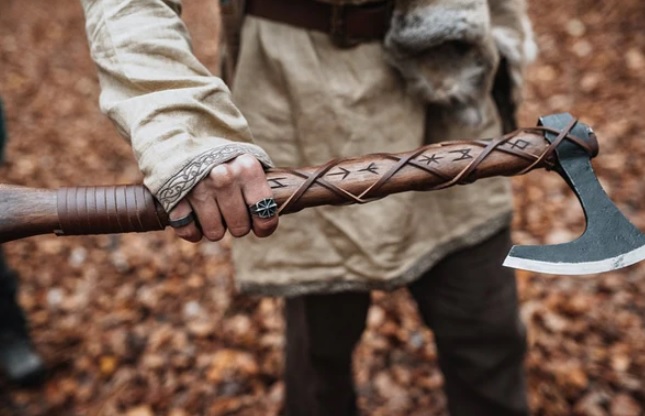
Viking Battle Axe: A Viking’s Weapon of Choice
All Vikings rode the waves and charged into battle with a Viking weapon in hand. Most often, the Viking throwing axe was their weapon of choice. With a blade ranging from 3 to 18 inches in length, depending on the owner’s wealth, and a long handle, Viking axes gave their wielders a significant advantage in reach. They were usually worn at the waist, held in place with a belt. Axes were highly popular among Norsemen because they were readily available and easy to make. While swords were a symbol of prestige and wealth, the axe was the weapon of choice for the average Viking warrior. Since most of these axes were tools used in daily life, they would often be the first thing reached for when combat was imminent. However, there were some axes specifically designed for war, reserved for professional soldiers.
Viking Swords: The Blade of Legend
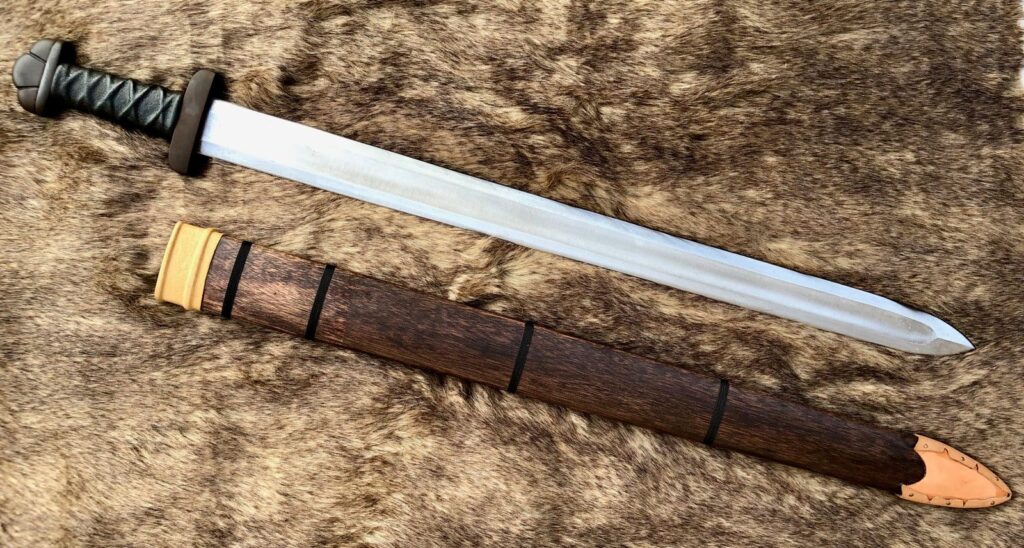
In the world of Viking warriors, Viking swords are not just weapons; they embody symbols of prestige and status. Also known as Scramasaxes, meticulously crafted Viking swords featured blades of hardened steel with formidable sharpness, often imported from distant regions like Persia. Adorned with intricate patterns on the guard and hilt, they were true works of art. Viking warriors wielded them with one hand, usually accompanied by a shield for added protection, making this combination a formidable force on the battlefield. Beyond their combat utility, Viking swords were symbols of excellence in the art of forging and a mark of distinction among Norse warriors, leaving a lasting legacy in Viking history and mythology.
Viking Shield: A Defensive Viking Weapon
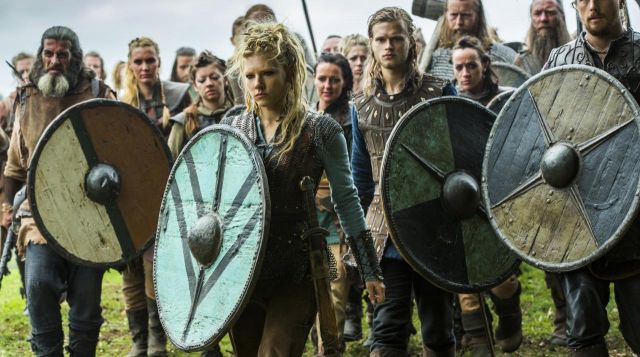
The history of shields among the Vikings is intriguing. Only a few examples have survived throughout history, leading to debates among historians about their construction methods. However, some valuable items have been found, providing answers to some questions. During the Viking era, warriors entered battle brandishing a shield, typically round in design and varying in size, with an average diameter of 30-35 inches. Warriors usually designed their shields themselves, customizing them to match their fighting style and size, much like Lagertha the shieldmaiden. Unlike Viking weapons, a shield couldn’t be too large or too small, as it would make the bearer either too slow or too exposed, respectively.
Bow: A Viking Ranged Weapon
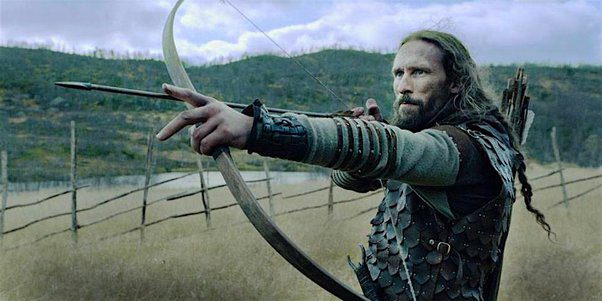
While Scandinavians using close-quarter Viking weapons like swords, axes, and seax were known for their skill in close combat (and they certainly were), they were not limited to the shield wall. Vikings quickly discovered that the bow and arrow, initially used for hunting, could also be effective means to defeat their enemies. A skilled Viking archer could fire an average of twelve arrows per minute before inevitable close combat would begin. Leveraging this skill, Viking warriors often unleashed a barrage of arrows from their boats before making landfall and engaging their adversaries in face-to-face combat.
The bow and arrow were the pinnacle of military technology in medieval Europe, second only to the Viking sword. It allowed enemy forces to be attacked from a distance before they were in close combat range. Viking archers had a different approach than many other Europeans at the time. It was often considered the weapon of poorer or lower-ranking warriors because it was cheap, easy to use, and not very glorious. However, in Viking sagas, there are various mentions of nobles using bows. Vikings would often rain arrows on the enemy behind their shields. There are also accounts of Viking army members staying near the edge of a battle and using their archery skills to pick off enemy soldiers.
The Spear: A Destructive Viking Weapon
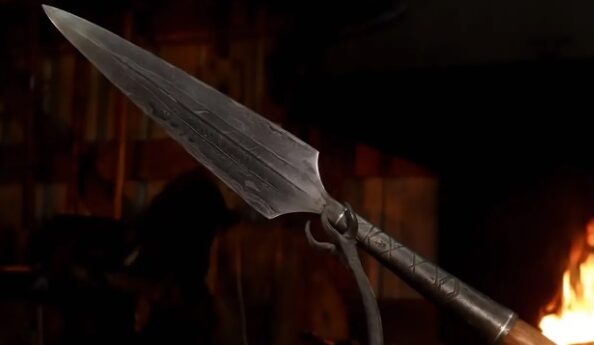
A Viking weapon that served both close-quarters and ranged combat roles was the Viking spear, which varied in length from 3 to 10 feet and thus came in many different styles. Some spears were designed to be thrown at great lengths, while others were much sturdier, making them ideal for close combat.
Spears were also a common weapon throughout Europe during the Viking age. They were easy to make and inexpensive because they used much less iron than other weapons. Forging a spear was also much easier than forging a high-quality sword. Viking-age spears were typically 4-10 feet in length, depending on their intended use. Some drawbacks of spears were that they were more easily damaged in combat than swords and could be broken by repeated blows to the shaft. They were also bulkier than swords or axes and less advantageous for use on horseback. Changing sides with a spear by lifting it over the heads of horses was much more difficult than performing the same maneuver with a sword and required much more skill. However, it was not common for Vikings to fight on horseback, as they usually preferred close combat over cavalry charges.
Viking Defensive Vest: “Viking Armor”
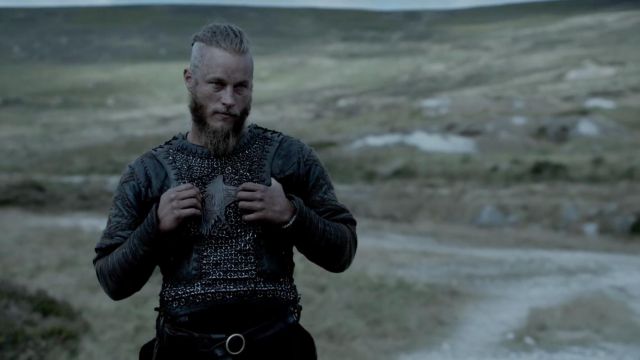
The Vikings, feared throughout the land for the raids they carried out along the coast during the Viking era, were respected warriors known for their cunning and ruthless tactics. Yet, they were not naive; they knew that to survive in their way of life, they had to protect themselves with armor such as shields, helmets, and chainmail made of metal rings.
Viking armor was typically made from thick padded leather, providing the wearer with some protection against edged weapons, while giving the warrior the freedom to attack without worry with their Viking weapon. Another favored form of armor at the time was reserved for the wealthier individuals, as iron was in high demand and incredibly expensive. For the common folk, they also wore Viking tunics.
Viking Head Protection: “Scandinavian Helmet”
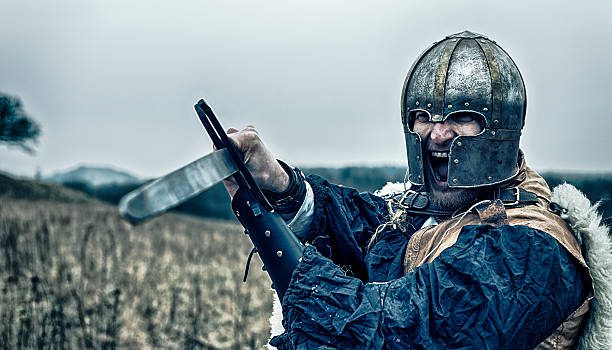
Not all Vikings wore helmets, but if they could, they did, as the additional protection saved many lives in close combat. The helmet known as a Viking defensive weapon was relatively simple in construction, often being a simple bowl-shaped design with a protruding metal nose guard in the center.
Despite popular belief, there is little evidence to suggest that Viking helmets were adorned with horns, as they are often depicted. Horns provided little to no additional protection and were just another thing for an enemy to grab onto during combat. Viking warriors were nothing if not practical.
FAQ on Viking Weapons:
Viking swords were made with hardened steel blades, often imported from distant regions. They were meticulously adorned with patterns on the guard and hilt.
Viking weapons were often decorated with artistic motifs, such as serpent designs and runic symbols, reinforcing the spiritual connection of warriors with their ancestors
Viking swords were generally of moderate size, designed for one-handed use.
Yes, some Viking warriors used two-handed swords, known as “glaives,” for powerful attacks against well-armored opponents.
Conclusion
Viking weapons were more than just tools of combat; they were extensions of Viking courage and culture. These weapons, such as swords, axes, shields, spears, and daggers, testify to the technical mastery and creativity of the Vikings. When you explore the fascinating history of these Scandinavian warriors, remember the significance of their weapons, which contributed to their reputation as formidable fighters of the north.
